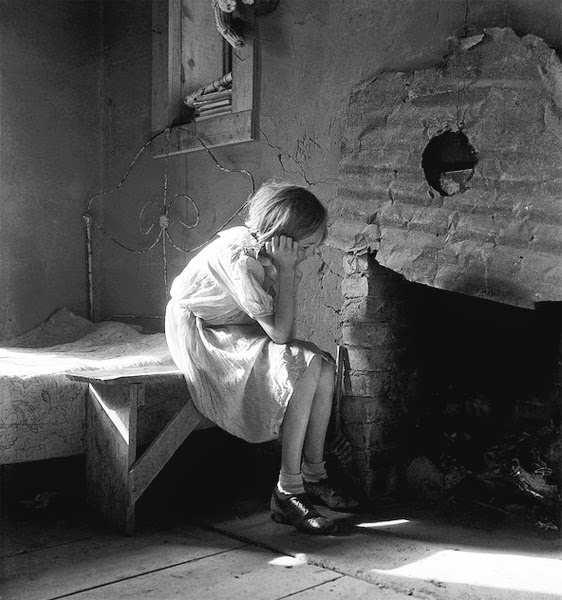As my regular readers know, son Max recently completed navigating the medical school application/interview process and made the decision to attend school at Case Western Reserve.
In mid-July, Eddie and I kvelled as he received his white coat (during an emotional and inspiring ceremony at the University). The year-one med students at Case are an impressive/interesting bunch of young men and women, and we were thrilled to applaud each and every one of them as they embarked on the long journey toward becoming physicians.
Max has taken it upon himself to line up opportunities to "shadow" docs from all different disciplines. This week he tagged along with a palliative care doctor. He wrote about the experience and agreed to let me share it here:
With
regard to patient care and the actual palliative care doctoring, the first
thing I noticed before we even saw a patient is that Dr. M had a full hour
scheduled for new patients. This relatively generous amount of time seems to me
like a huge plus compared to the 15 minute time slots that I understand are
imposed upon primary care docs.
As much as
I disliked God’s Hotel, the required summer reading before starting school, the
author’s message about the power of ‘slow medicine’ appealed to me and was, as
far as I could tell, a central tenet of Dr. M’s practice. Big plus.
Without a
doubt, Dr. M’s clinical interactions with her patients stand out as the
highlight of my experience. In the four hours I spent with her, we saw a
whopping total of three patients, all of whom presented widely varying personal
histories and demographics, but who all shared terminal cancer diagnoses. The
first patient, a gentle, older black man, was sweet yet reserved. He didn’t
push Dr. M with a challenging attitude or pull at my heartstrings with a
particularly moving story of his diagnosis and the challenges I imagine that’s
brought him. Dr. M reciprocated his gentle attitude and worked with him to make
sure he was receiving the medications he wanted (emphasis on the medications he
wanted) to help manage his pain.
The next
patient, a middle-aged white man, transported me straight back to my soup
kitchen days with his rough-and-tumble ‘everyone’s out to get me and screw
the world’ attitude, from which he didn’t spare Dr. M, to be sure. He spent his
whole hour complaining, understandably so, about his pain, his bad luck in
life, and the fact that Dr. M didn’t want to give him an exact timeline on how
long he had left to live. When she finally relented and provided the vague
answer of ‘months, not years,’ he assumed a 6-month prognosis and let it rip
from there. Expertly wading through the slew of angry and logically incoherent
complaints and irrelevant questions that followed, she finally got him to crack
on an issue that placed a rock-solid lump in my throat: ‘Who are you going to
talk with about your frustrations when you leave my office?’ Sadly and
unsurprisingly, he couldn’t count a single person who he thought would care to
hear that he was going to die sooner than later. Despite his attempts to push
the world away from him as the world pushed him slowly away from it, Dr. M planted
the seed in his mind that despite all his protests, perhaps he could talk with
a professional at the hospital. But maybe only if Dr. M really thought there
was a top-notch person who didn’t suck like all the others he had apparently
tried. Her perseverance and unrelenting care for her stubborn patient moved me
and made me want to do what she was doing.
The last
person we saw, a thirty-something Latina mother of one, couldn’t have been a
more stark contrast from dude number two. She smiled profusely and showed grace
with everything she said as she let the chemo run its course during her chat
with Dr. M. She talked about how excited she’ll be when her son makes it to
college in five years, despite the fact that, as Dr. M mentioned to me
afterward, she herself will have already succumbed to cancer. This woman gave
me a firsthand glimpse at one of the strongest shows of courage I’ve ever
seen.
That Dr. M
got to participate in these incredibly trying times in her patients’ lives made
me think very highly of palliative care. When asked, she told me her favorite
part of being a palliative care doc is that she’s uniquely positioned to help
her patients in ways that other doctors can’t. I’m inferring that she was
talking about her ability to help people feel comfortable as they near life’s
end.
It was an
incredible experience.
Good luck to Max and all the other year-one med students. May their sense of optimism, idealism, doggedness and compassion serve them well. And here's to the established doctors who will inspire them on their journey




























































